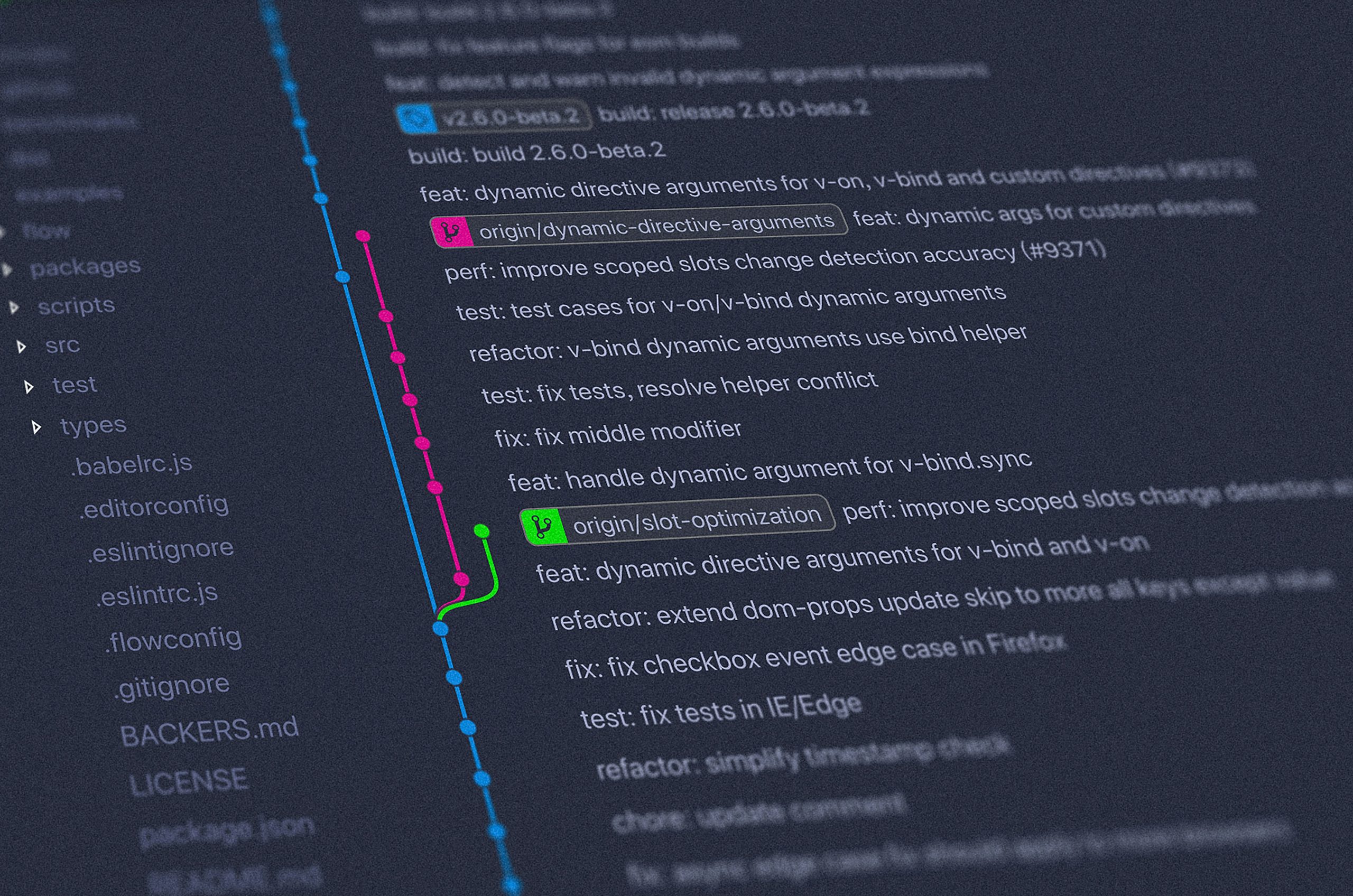In today’s digital age, having a responsive website is more crucial than ever. A responsive web page builder simplifies the design process by enabling you to create websites that automatically adjust across various devices. From enhancing user experience to boosting SEO rankings, a responsive web page builder is key to creating efficient and versatile websites.
Why a Responsive Web Page Builder is Essential
When every second counts, user experience can make or break your business. A responsive web page builder addresses this by ensuring your website looks and functions flawlessly whether accessed via desktop, mobile, or tablet. According to Statista, over 54% of global website traffic in 2021 came from mobile devices—a compelling reason why investing in responsive design is no longer optional but necessary.
The Benefits of Using a Responsive Web Page Builder
Increased User Engagement
A seamless and intuitive design keeps users engaged longer. With a responsive web page builder, you can craft a cohesive design that maintains its appeal, keeping users on your site and reducing your bounce rate—a critical factor that search engines consider in ranking websites.
- Consistent Design: Uniformity in design provides users a predictable and easy navigation experience.
- Faster Load Times: Responsive websites generally load faster on all devices, improving user retention.
Enhanced SEO Performance
Responsive designs assist in improving your site’s SEO. Google recommends responsive web design as it aids in faster page load times and a consolidated SEO strategy. One URL structure for all devices simplifies your external link building and reduces the chances of on-page SEO errors.
Cost and Time Efficient
Building separate desktop and mobile sites is costly and time-consuming. A responsive web page builder, however, enables you to create a single site that functions beautifully across all devices, saving valuable resources.
Key Features to Look For in a Responsive Web Page Builder
User-Friendly Interface
Choose a builder with a simple drag-and-drop interface that allows anyone, regardless of their technical skill level, to create responsive sites with ease.
Pre-Designed Templates
Templates save time and alleviate the guesswork in choosing a layout. Opt for builders that offer a variety of professionally designed templates tailored to different industries.
Customization Options
Ensure the builder provides customization options to align the design with your branding. This includes customizable fonts, colors, and logos.
SEO Optimization Tools
Look for built-in SEO tools that allow you to customize meta descriptions, URL slugs, and include alt text for images—essential for improving your search engine rankings.
Top Responsive Web Page Builders
- Wix: Known for its intuitive drag-and-drop interface and extensive template library.
- WordPress with Elementor: Offers powerful customization and SEO capabilities.
- Squarespace: Provides visually appealing templates and robust design features.
Conclusion
In conclusion, a responsive web page builder is a vital tool for any business aiming to succeed online. It not only ensures your site adapts seamlessly across all devices, enhancing user experience but also improves your SEO efforts, saving time and resources. By selecting the right builder with essential features, you create a site that stands out and thrives in the competitive digital landscape. For detailed comparisons and further information about specific responsive web page builders, consider visiting reputable review sites like TechRadar.
A responsive design is no longer just a trend but a business necessity—embrace the change and witness your website’s transformation.




